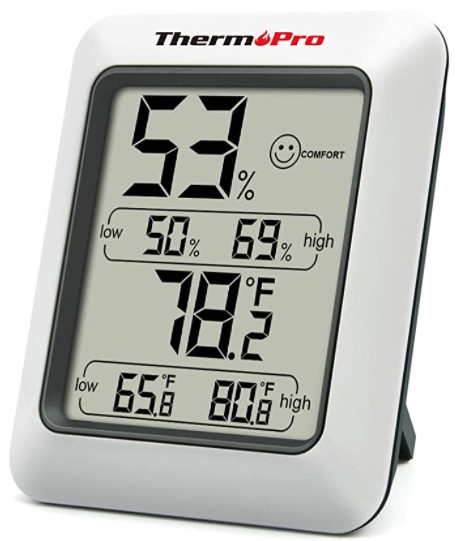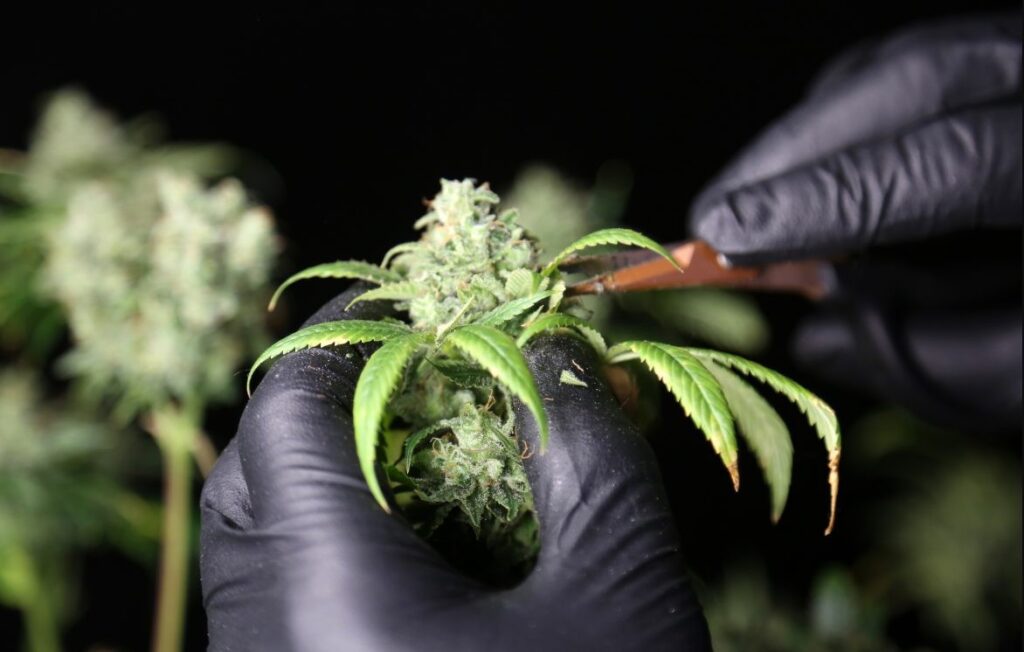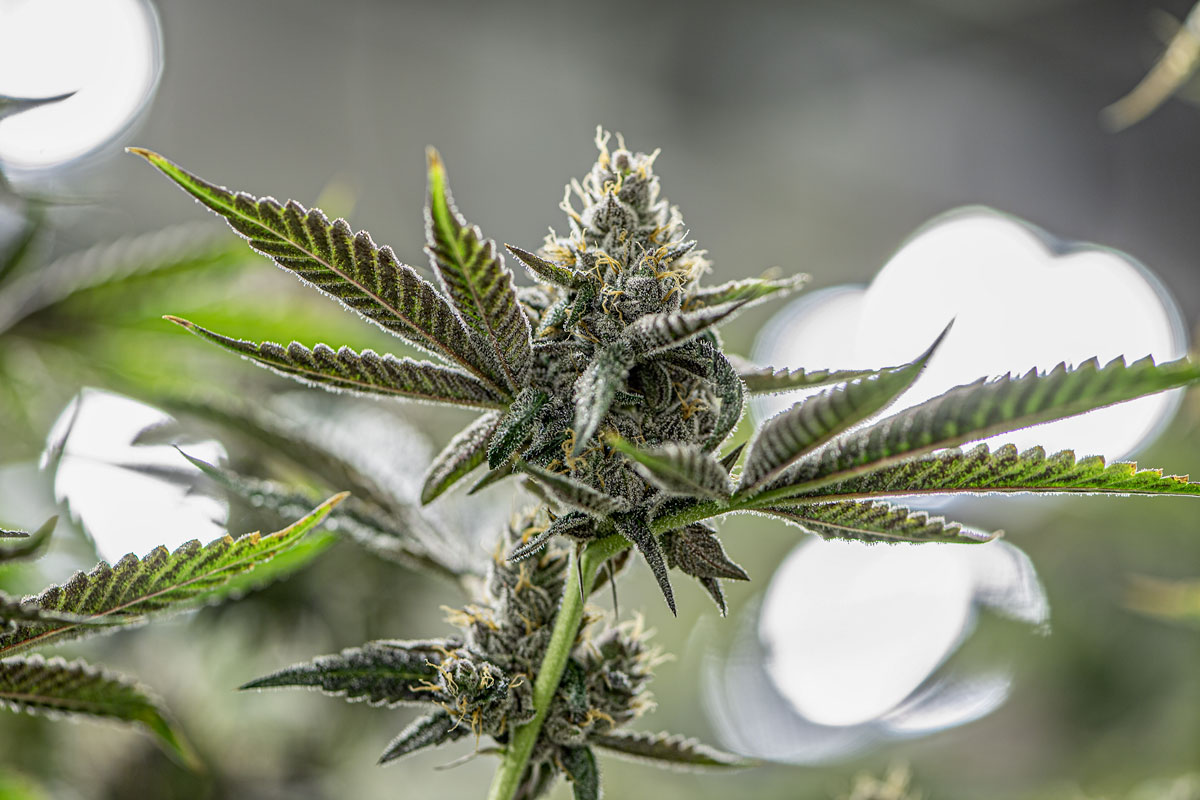The flowering cycle of weed plants begins when the growth phase ends and the buds begin to sprout from the stem and branches. At this stage, be careful about lighting times and especially precise dark times, gradually increase the number of nutrients and do not cheap out on the right supplements that will help you get to a happy harvest. Here is our brief guide to the flowering stage:
The flowering stage is a stage in which the plant utilizes the infrastructure it has prepared so far for the purpose of developing the final product of its life cycle: succulent and sticky buds. This stage begins with the development of flowering buds in a variety of places in the branches and on the stem of the central plant, and later these buds will develop into whole flowers that will be ready for harvest.
Flowering – the last step on the way to harvesting your crop.
The length of the flowering stage, in contrast to the growth stage, can vary between different cannabis varieties.
Generally, the length of the flowering stage will be 6-10 weeks depending on the variety you are growing. The breeders of the various varieties attach to each variety information that includes, among other things, the length of its flowering period, and it is worth knowing this in advance before you start growing.
During this period, there are a number of main characteristics that need to be taken very seriously. Unlike in the growth phase where there is a more “forgiving” approach to mistakes, during flowering, any mistake in the basic conditions can easily cost you the entire crop.
Flowering Cycle of Weed – Lighting cycle
Move to 12/12 until the end of the cycle.
Cannabis is a light-dependent (photoperiodic) plant whose various stages of growth are outlined by the light cycle to which it is exposed – in nature under sunlight or under dedicated growing lighting that simulates it.
In the wild, the life cycle of the cannabis plant begins in the spring and ends in late fall. Cannabis will begin to bloom, meaning it will enter the flowering stage, when the number of light hours a day begins to decrease towards only 12. As long as the plants are exposed to more than 12 consecutive hours of light each day, they will remain in the Vegetative stage.
To actually start the flowering phase, which can not start “by itself” change the lighting cycle, it must be moved to 12 hours of light and 12 hours of darkness.
The setting of the lighting cycle will be done by a timer that will turn on and off the growth light automatically without the need for supervision and close coordination. The timer should set the new cycle (12/12) only once and then leave it unchanged until the end of the cycle.
It is very important to keep in mind that during the hours of darkness the plants will not be exposed to a single drop of light, not even one that comes from cracks or unclosed openings in your grow tent or adapted space. Light in the dark will confuse the flowering cycle and cause the plants to “get lost” and not yield a crop almost or at all.
Humidity and temperature – a ventilated and meticulous environment.
Optimal cannabis flowering is carried out at a maximum temperature of 34 degrees Celsius, with the optimal temperature range should be 29-32 degrees Celsius in light and 16-20 degrees Celsius in the dark.
At this point, the optimum humidity is between 50-60%, no more and no less. Moisture at this level encourages the plant to produce resin, while higher humidity will cause the leaves to expand and produce less resin while too dry air will make growth difficult.
Also, cannabis loves fresh air, with lots of carbon dioxide and winds that encourage growth. In any growing space, even a very small one, we will use fans in addition to blowers to put in and take out air to create good air circulation.

Fertilization – gradually rising, with a strict level of acidity
Cannabis is a “hungry” plant that loves fertilizer in the right dose of nitrogen-potassium-phosphorus (NPK). It is advisable to grow with a liquid fertilizer for the growth phase that contains more nitrogen and is adapted to the type of substrate on which it is grown, but this is done only to achieve a maximum result and not a mandatory one.
To nourish the plant and roots effectively during flowering, which is more critical in terms of fertilization, one should follow the fertilization tables of the fertilizers you have chosen to use. When doing this it is important to remember that over-fertilization is more dangerous than a lack of fertilizer, as a deficiency will impair growth but over-fertilization can kill the plant.
During flowering, we will use much more nutrients than we used during growth. In most fertilizer brands the entire growth period is counted as one piece and is not divided into separate weeks in terms of the amount of fertilizer, but in flowering, this ratio changes and becomes more accurate.
Flowering cycle of Weed – the end of the successful cycle
You must accurately follow the fertilization tables and note that you are accurately following the days that pass in the background. Each week you will be required to slightly change the level of fertilization, and it is very important not to forget the change on the designated day.
The acidity of the water (PH), which must be measured when preparing irrigation water, affects the absorption of nutrients from the fertilizer we provide to plants. In growing on soil we want the acidity (pH) to be around 6 while in growing on coco-perlite or hydro it is desirable that the acidity is around 5.7. A pH meter must be equipped to check the acidity of the water and balance them to match the growing medium.
Watering the plants should be done one by one, carefully and slowly until water comes out of the bottom of the pot (drain) and their flow is stopped. After each watering, we will wait a few days until the substrate is completely dry and only then water again. The mistake of most growers is to over-water the roots.

Don’t forget – pruning and pest control
Routine pruning treatments designed to get rid of unnecessary plant material, excess leaves and small branches from which no large flowers have come out in the future, are something more characteristic of the growth period but even during flowering, it should be continued about once a week and a half.
In terms of eradicating and cleaning your growing space, it is worth remembering that at the flowering stage the plant begins to develop the parts that you as consumers are going to use. Therefore, you should not use pesticides at all throughout the stage, and especially not in the advanced weeks.
You can use basic tying and stretching (with the help of delicate wires that do not cut the plant flesh) that will help layout your plants and give them optimal absorption of light from the growing lamp.
If you successfully apply all these simple basics of lighting, fertilizing and comprehensive care, even without the use of training methods, the flowering process of your plants will be optimal and will bring them to an optimal starting point towards a huge harvest.


I think I should of read this a few weeks ago. Well theres always next grow.
[…] we put our plants in the flowering stage, we wash our growing medium with clean water only. In the flowering stage, the target is a lower […]
[…] the flowering phase, the nutritional requirements of weed plants change, the plant now needs more phosphorus and […]